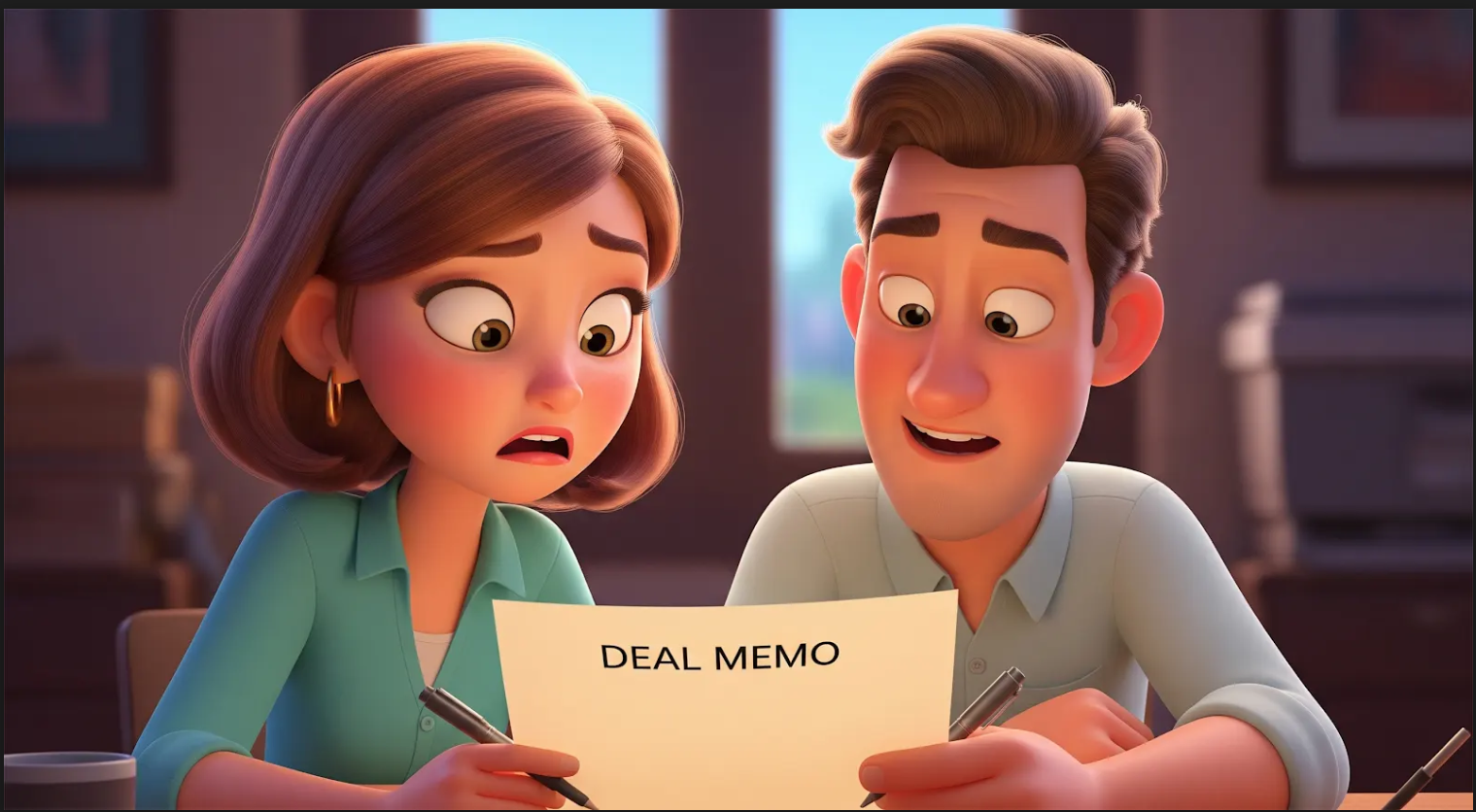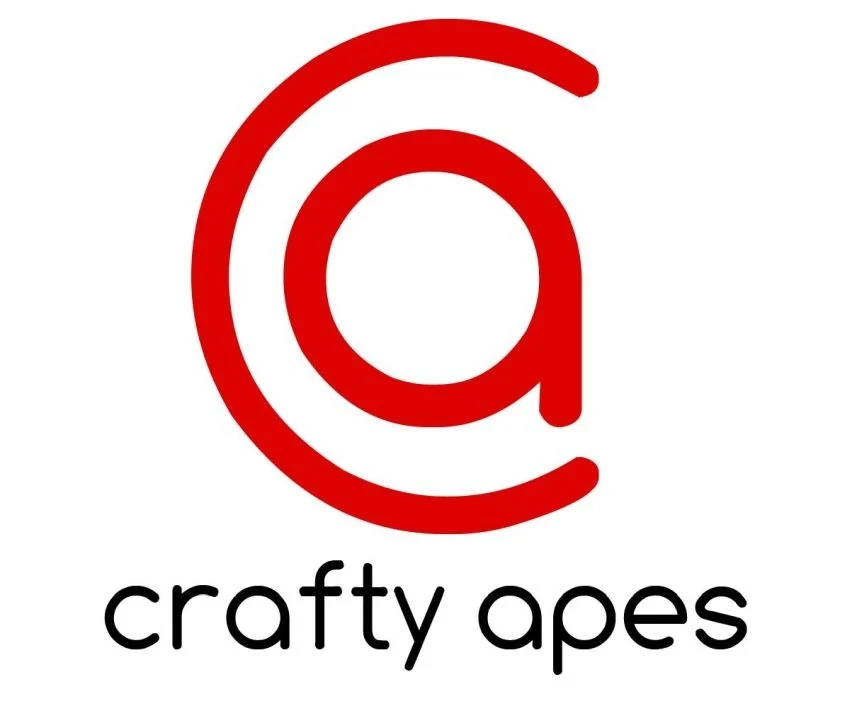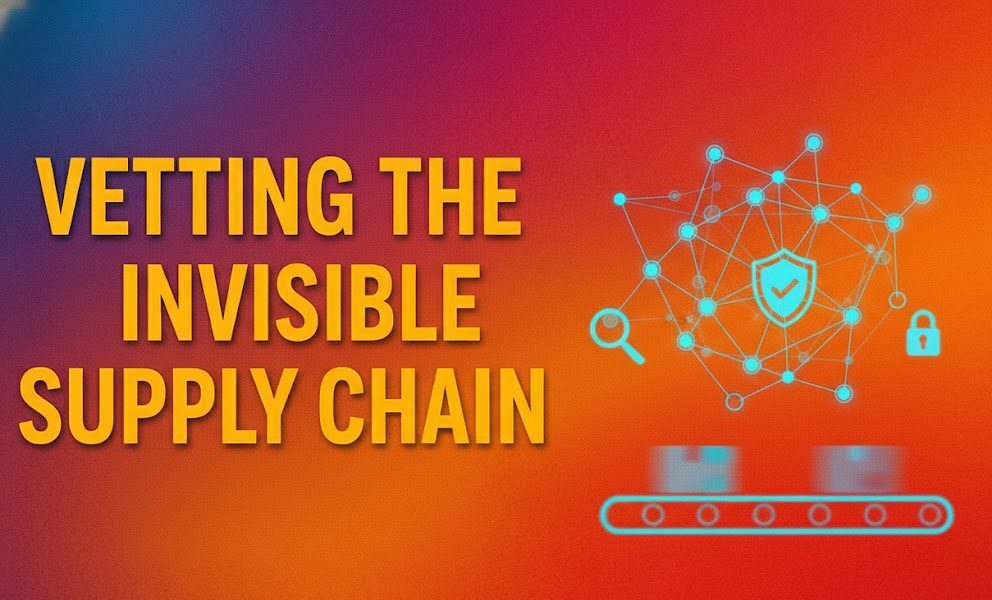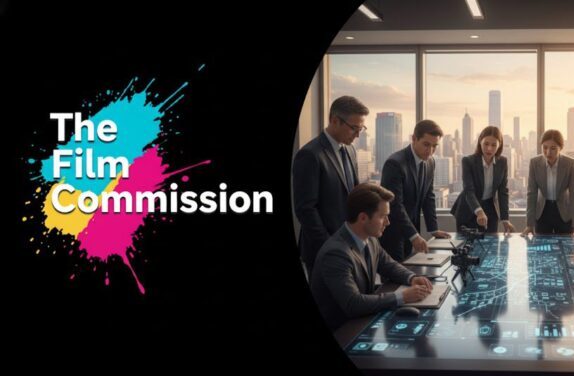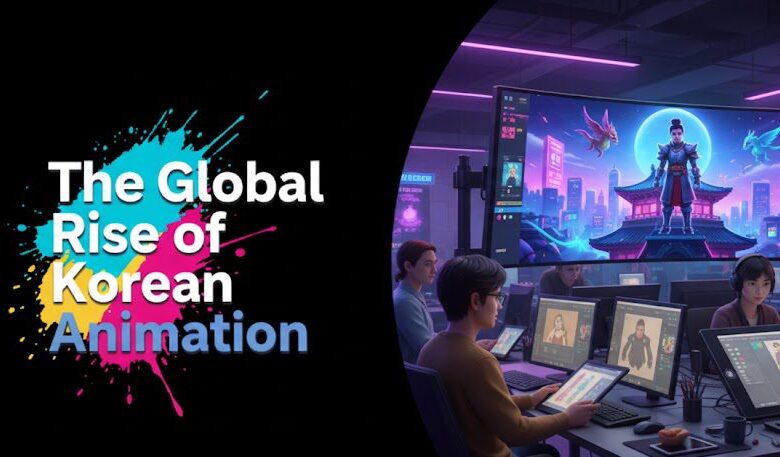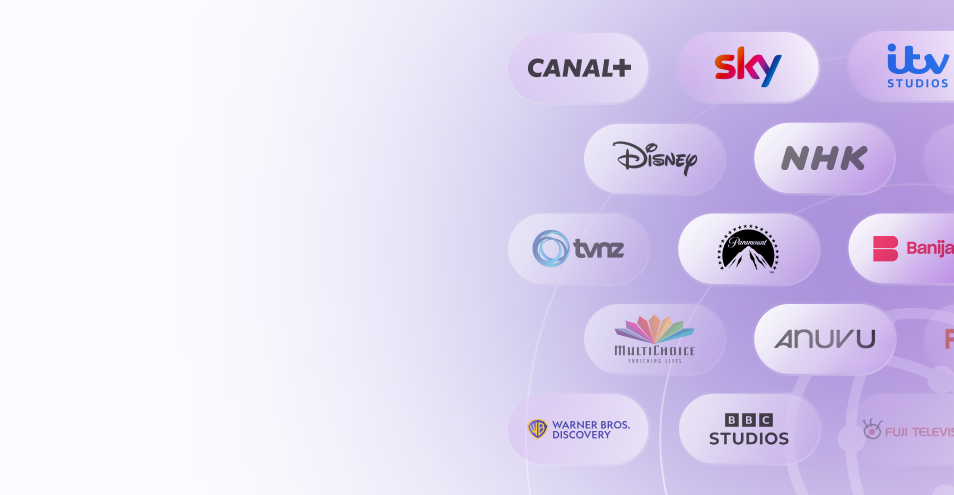Introduction
In the intricate dance of content creation and distribution, the deal memo is supposed to be the bedrock – a concise, clear summary of the agreed-upon terms before the behemoth of a long-form contract takes over.
It’s meant to prevent misunderstandings, streamline negotiations, and provide a shared understanding for all parties.
Yet, I’ve witnessed firsthand how a seemingly straightforward deal memo can become the epicenter of a catastrophic misfire, leading to wasted time, strained relationships, and ultimately, a deal collapsing.
This particular story involves an ambitious producer, a rapidly expanding streaming platform, and a deal memo that, despite its brevity, managed to sow seeds of profound disagreement.
It’s a cautionary tale about the perils of assumptions, the nuances of industry jargon, and the critical importance of crystal-clear communication.
The Players:
- The Producer (Let’s call her Sarah): A seasoned independent producer with a fantastic, timely documentary project. She’s passionate, driven, and has a track record of delivering high-quality content, but she’s relatively new to direct deals with major streaming platforms.
- The Platform (Let’s call them StreamCo): A burgeoning global streaming service, aggressively acquiring original content to fuel its growth. Their deal-making process is fast-paced, and they often work with a template-driven approach.
- The Deal Memo: A two-page document outlining the key business terms: license fee, rights granted, delivery schedule, and a few boilerplate clauses.
The Setup: Initial Enthusiasm and a Quick Turnaround
Sarah had successfully pitched her documentary to StreamCo. The platform was eager, seeing the project as a perfect fit for their expanding non-fiction slate. A development executive, keen to get it greenlit, pushed for a rapid deal memo turnaround.
Sarah, thrilled by the interest, reviewed the memo quickly, focusing on the headline numbers.
- What StreamCo’s executive said: “This is a standard deal memo, just a formality to get things moving. We’re really excited about this project!”
- What Sarah heard: “This is a basic summary. The important stuff is the money and the delivery date. We’re all on the same page.”
- The Misfire’s Seed: The deal memo stated, “Platform to have exclusive worldwide SVOD rights for a period of 7 years.” Sarah interpreted “SVOD rights” as standard streaming rights, assuming it covered the primary way people would watch her film. The “worldwide” part was a bonus, she thought.
The Unraveling: The Long-Form Contract Arrives
Weeks later, the full, long-form contract arrived. It was a dense, 50-page document, filled with legalistic language. Sarah, now working with her newly retained entertainment lawyer, began to review it line by line. That’s when the alarm bells started ringing.
The contract detailed the “exclusive worldwide SVOD rights” in excruciating detail.
It stipulated that StreamCo would have first window exclusive rights, meaning Sarah could not license the film to any other platform or broadcaster for any other form of distribution (theatrical, broadcast, VOD, DVD, educational) for the duration of the 7-year SVOD exclusivity window. This was a complete shock.
- What the contract said (and legally meant): “You cannot sell this film to cinemas, TV channels, other digital stores, or even for educational use anywhere in the world for 7 years, because our SVOD exclusivity takes precedence and covers all primary exploitation.”
- What Sarah had understood from the deal memo: “You can stream it exclusively on your platform, but I can still pursue other avenues like theatrical releases, broadcast sales in territories where you don’t operate strongly, or educational licensing.”
The Confrontation: A Clash of Interpretations
Sarah immediately contacted StreamCo. The conversation was tense.
- What Sarah said: “This contract goes far beyond what was discussed in the deal memo! I can’t agree to give up all other rights worldwide for seven years. That’s not what ‘exclusive worldwide SVOD’ means to me.”
- What StreamCo’s executive said: “But that’s what ‘exclusive worldwide SVOD’ always means in our deals. It’s standard. The deal memo clearly stated it. We can’t change our core business model for one film.”
- The Core Problem: The term “exclusive worldwide SVOD rights” has different interpretations depending on industry context and the specific deal structure. For StreamCo, a global player, it meant they wanted to control the primary viewing window everywhere to maximize their subscriber value. For Sarah, an independent producer, it meant she could still generate revenue from other distribution channels in parallel.The deal memo, designed for brevity, failed to bridge this crucial definitional gap. Each party operated under their own, perfectly logical, but ultimately divergent, understanding of a key term.
The Fallout: A Deal on the Brink
The negotiation stalled. Sarah felt misled, StreamCo felt Sarah was trying to renegotiate a “done” deal. Trust eroded. The project, once a source of excitement, became a source of frustration. Sarah considered walking away.
StreamCo, while wanting the film, was unwilling to compromise on what they considered a fundamental term of their global acquisition strategy.
The Resolution (or Lack Thereof): A Misfire
In this particular instance, the deal ultimately fell apart. The gap in understanding was too wide, and neither side was willing to concede on what they considered a core business principle.
Sarah eventually found another platform willing to take a more limited set of rights, allowing her to pursue other distribution avenues. StreamCo moved on to other projects.
Anatomy of the Misfire:
- Ambiguous Jargon: “Exclusive worldwide SVOD rights” is a term that, while seemingly standard, carries different implications depending on the scale and business model of the parties involved. For a global streamer, “exclusive” often implies a broad sweep of all primary rights. For an independent producer, it might simply mean exclusivity within the SVOD window.
- Lack of Probing Questions: Sarah, in her excitement, didn’t ask enough clarifying questions about the implications of “exclusive worldwide SVOD” during the deal memo phase. She focused on the surface meaning.
- Assumptions on Both Sides: Sarah assumed a narrower interpretation. StreamCo assumed their standard interpretation was universally understood and accepted.
- Speed Over Clarity: The pressure for a quick deal memo turnaround meant less time for thorough review and clarification of potentially ambiguous terms.
- Deal Memo as Contract vs. Summary: StreamCo viewed the deal memo as a binding, albeit brief, contract. Sarah viewed it as a non-binding summary that would be fully fleshed out and potentially modified in the long-form.
Key Takeaways:
- Never Assume Jargon is Universal: Even seemingly common industry terms can have different interpretations. Always clarify what key terms mean in practice for all parties involved.
- The Deal Memo is Critical: Treat the deal memo as a legally significant document, not just a casual summary. Ensure every key business term and its implications are explicitly understood and agreed upon.
- Ask Probing Questions: Don’t just read what’s written; ask “What does this mean for my ability to do X, Y, or Z?” or “What are the limitations implied by this clause?”
- Legal Counsel, Early and Often: Engage your lawyer to review the deal memo, not just the long-form contract. Their expertise in spotting ambiguities and potential pitfalls is invaluable.
- Prioritize Clarity Over Speed: While momentum is important, rushing through a deal memo without full understanding is a recipe for disaster. Take the time to ensure mutual clarity.
- Understand the Other Party’s Business Model: Knowing how a platform or distributor operates (e.g., their global strategy, their revenue streams) can help you anticipate their contractual needs and avoid surprises.
Frequently Asked Questions
The primary purpose of a deal memo (or “term sheet”) is to outline the essential business terms and conditions of an agreement in a concise format, allowing parties to quickly agree on the fundamental framework before drafting a more detailed, legally binding long-form contract. It’s meant to show a “meeting of the minds” on core points.
Yes, a deal memo can be legally binding, even if it states that a more formal agreement will follow. It depends on the specific language used within the memo and the intent of the parties. It’s crucial to understand whether your deal memo is intended to be binding or non-binding on its own. Always consult legal counsel.
“Windows” refer to the sequential periods during which a film or series is released on different platforms or in different formats. For example, a theatrical window, followed by a PVOD (Premium Video On Demand) window, then an SVOD (Subscription Video On Demand) window, and finally broadcast or free TV. Exclusivity within a window means the content can only be available on that specific platform or format during that time.
Beyond legal counsel, producers should: * Clarify all jargon: If you don’t understand a term, ask for a plain-language explanation and its practical implications. * Outline your expectations: Before receiving the memo, list your non-negotiables and desired terms. * Ask “what if” questions: “What if I want to do a theatrical release?” “What if I want to sell educational rights?” * Compare to past deals: If you have previous deals, compare the language to see if there are significant differences.
Not at all. Misunderstandings are often a two-way street, stemming from assumptions on both sides, pressure for speed, or a lack of clear communication from the platform/buyer. However, the onus is often on the party with less leverage (usually the producer) to ask clarifying questions and ensure their understanding aligns with the buyer’s intent, as the buyer often has standard templates they expect to use.


